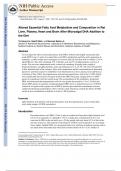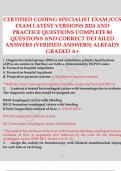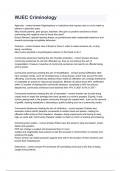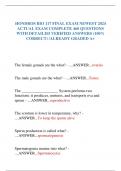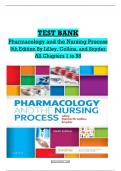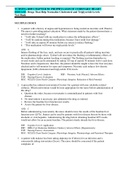Examen
Altered Essential Fatty Acid Metabolism and Composition in Rat Liver, Plasma, Heart and Brain After Microalgal DHA Addition to the Diet
- Grado
- Institución
Altered Essential Fatty Acid Metabolism and Composition in Rat Liver, Plasma, Heart and Brain After Microalgal DHA Addition to the Diet Yu Hong Lin, Samit Shah, and Norman Salem Jr. Section of Nutritional Neuroscience, Laboratory of Membrane Biochemistry and Biophysics, National Institute on A...
[Mostrar más]
